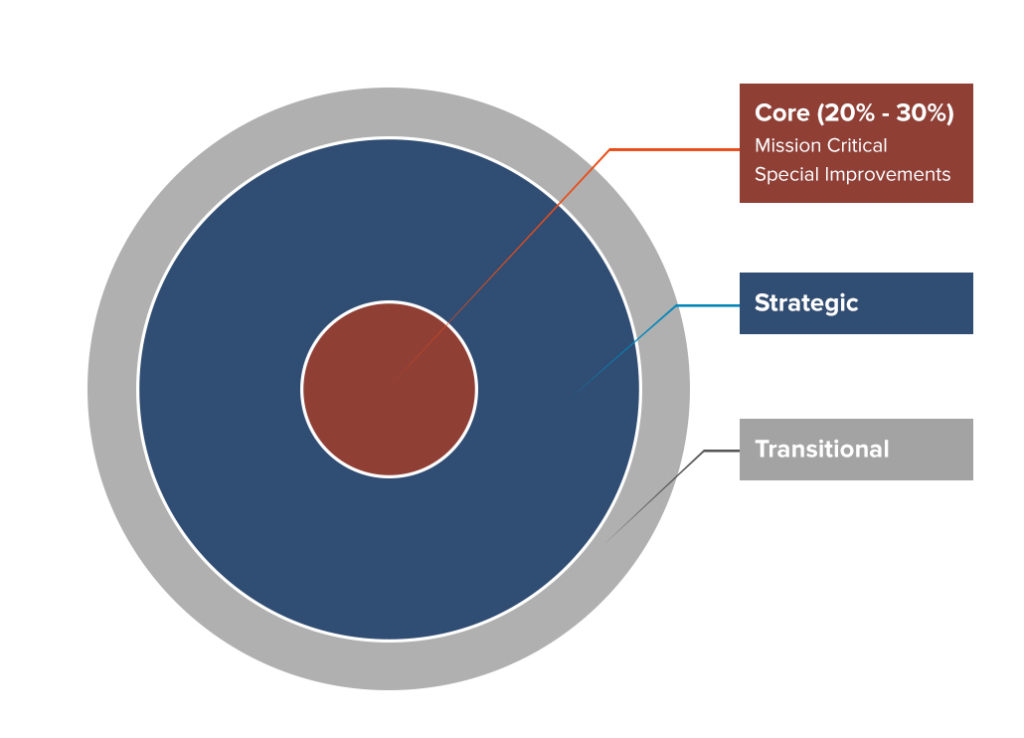What are the Lease Accounting Changes?
In 2006, the Financial Accounting Standards Board (FASB) and the International Accounting Standards Board (IASB) began a convergence project for lease accounting, to provide transparency in leasing to users of financial statements. After ten years of deliberations, drafts, and public outreach, the Boards each published a new standard for lease accounting in early 2016. The FASB standard is known as ASC 842, and the IASB standard is known as IAS 16.
[otw_shortcode_content_toggle title=”Read More” opened=”closed”]The FASB and IASB came close to achieving full convergence. Both are requiring leases to be capitalized, meaning companies will add a Right of Use (ROU) Asset and a corresponding Liability to their balance sheets for each lease. The FASB will utilize a dual model approach, with leases classified as either “operating” or “finance” leases. Operating leases will be expensed on a straight-line basis, similar to operating leases under the current standard, FAS 13. Finance leases will be expensed in an amortized model, similar to a mortgage. IAS 16 will treat all leases as finance leases. Both standards will exclude leases whose likely term is 12 months or less, but the IASB went a step further to exclude leases for low value items. The FASB made no such value exception.
Note that the Boards are requiring companies to recognize a ROU Asset. This is different than recognizing the underlying asset itself. For example, the useful life of a building is commonly 39.5 years, but a tenant with a five year lease will fully amortize the rent payments over the same 5 year term.
The first thing companies should do is determine how many leases they have, and where the documents are stored. This move to the balance sheet will increase visibility on leasing transactions, and with that visibility, a higher level of scrutiny from within the company and outside it. Lease terms, and even the decision making process itself, will need to be well documented for compliance, and for developing a new leasing strategy going forward.[/otw_shortcode_content_toggle]
Organizational Awareness
 Companies have been operating under the same lease accounting rules since FAS 13 was published in 1976, and many corporate leasing policies may predate current employees’ tenures. The new accounting standards – ASC 842 and IFRS 16 – should be the impetus to reevaluate corporate real estate leasing practices.
Companies have been operating under the same lease accounting rules since FAS 13 was published in 1976, and many corporate leasing policies may predate current employees’ tenures. The new accounting standards – ASC 842 and IFRS 16 – should be the impetus to reevaluate corporate real estate leasing practices.
[otw_shortcode_content_toggle title=”Read More” opened=”closed” icon_type=”none”]There are two basic questions any corporate finance executive should ask:
1. How many people in my company can execute a lease today?
2. How many people in my company can put assets and liabilities on the Balance Sheet today?
Under the new standards, the answer to the second question will include everyone from the first question. Companies will need to enact new protocols to make sure the leases don’t cause any unexpected changes to the Balance Sheet, and to make sure leasing decisions can survive an audit.
Jackson Cross has developed an Executive Session to help companies prepare for these new challenges, and to highlight the financial effects of how assets and liabilities can go onto the Balance Sheet.[/otw_shortcode_content_toggle]
Data Integrity

The most critical part of compliance is complete and accurate lease data. Companies will need to identify all the relevant lease data points required for compliance, and determine where that information resides today. For many companies, this information will be scattered throughout the organization. The ERP system, lease admin system, and lease documentation will all hold key data.
[otw_shortcode_content_toggle title=”Read More” opened=”closed” icon_type=”none”]An often overlooked challenge is locating source documentation for leases, both in the US and abroad. But increased viability on the Balance Sheet means more scrutiny in how those numbers get there. A strong document collection and change management process will be critical for accurate and timely financial reporting. Jackson Cross built an end to end Data Integrity platform to support corporate reporting needs.[/otw_shortcode_content_toggle]
Occupancy Strategies

The new Lease Accounting standards are more than simply a compliance exercise. They are an opportunity to restructure the corporate portfolio and explore alternate occupancy strategies, beyond a rudimentary “lease vs. own” scenario.
[otw_shortcode_content_toggle title=”Read More” opened=”closed”]Companies hold record amounts of cash, and the demand for corporately leased property has never been stronger. These two sources of capital give companies opportunities to monetize both leased and owned assets, while at the same time improving Balance Sheet presentation and Net Income figures.
Jackson Cross has constructed a Corporate Asset Management Platform to utilize the principals and strategies of institutional investors to create significant and permanent cost reductions for corporate tenants.[/otw_shortcode_content_toggle]
Contact us for more information
Oops! We could not locate your form.
